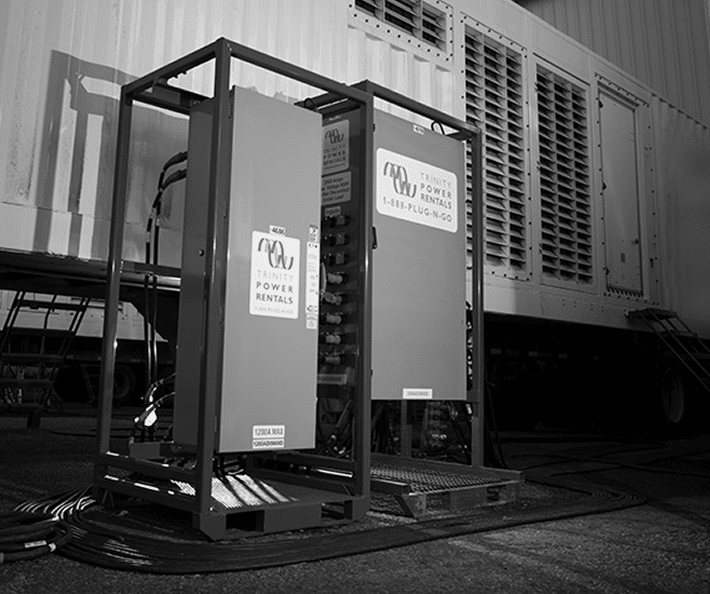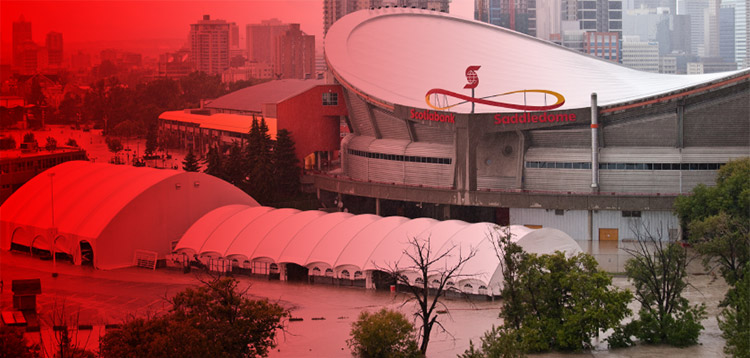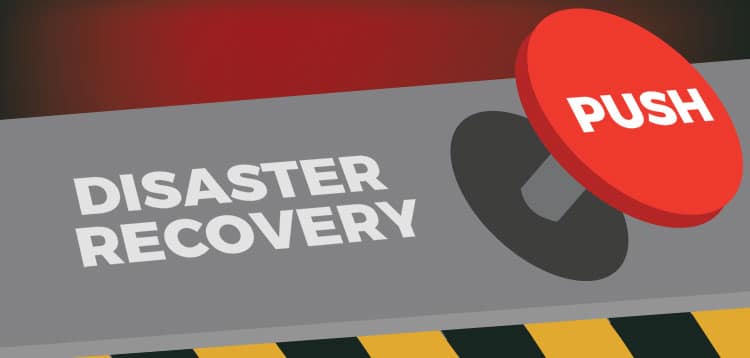- OUR APPROACH
-
COMMITTED TO YOUR SUCCESS
Our approach, developed over decades of experience, is fine-tuned to get the results you want.
We deliver concept-to-completion solutions, designed by temporary power specialists with access to the largest inventory of high-quality power generation and distribution equipment in North America.
-
- Equipment
-
RENTALS
From a wide range of diesel and natural gas generators to transformers, cable, light towers and more, our large rental fleet and extensive vendor network ensure we’ll have the temporary power equipment that your project requires — every time.

-
- Industries
-
INDUSTRIES WE SERVE
For nearly 20 years, we have been at work powering projects across Canada’s industrial sectors.
Select from this sampling of industries to learn how we can put our expertise to work for you.
VIEW ALL- Projects
- About
-
A PROUD HISTORY. A BRIGHT FUTURE.
From our inception in 1998, we have been building our team on a foundation of excellence. Our team members’ passion, expertise and commitment are what have allowed us to grow into a national company with projects across Canada.
Click on the links to learn more about our history, our team or our career opportunities.
- Blog
- Contact
-
Spring has arrived and, with it, unpredictable weather and the power outages that often follow. As recently as April 7th, a snow and wind storm caused a major outage in Ontario that affected 45,000 residents. Meanwhile, the spring melt in BC is seeing higher-than-usual water levels in rivers and streams, which means seasonal flood risk is greater this year.
It’s not just natural disasters that can cause outages. Equipment failure and planned maintenance or upgrades can all threaten productivity — and profits.
Back in 2014, we did some research and found that the Canadian economy suffers $167 billion annually due to electrical power outages, and that large industrial consumers stand to lose up to $17,000 every 30 minutes that the power is out.
Clearly, when faced with a power outage, time is money. And Having the right information on hand when you call for an emergency power solution can save a lot of time. We caught up with Nick Foster and Kurt Guess — two of Trinity’s temporary power specialists — about the common causes of power outages, and the questions they need answered in order to get you back up and running as quickly as possible.
What Causes Power Outages?
According to Foster and Guess, there are three main reasons a company might face an outage: natural disaster (including flooding, storms, and the like), equipment failure (due to aging or poor maintenance) and scheduled maintenance or upgrades.
“Electrical equipment might have a 40-60 year shelf life when it’s in operation,” explains Guess. At the end of that timespan, or earlier, if the equipment has been poorly maintained, that equipment will require a replacement, often prompting a call to a temporary power provider like Trinity to keep things running in the interim.
In addition to the unplanned outages caused by equipment failure and bad weather, situations like BC Hydro’s ongoing infrastructure upgrades can leave businesses with relatively short time frames in which to find other sources of power during planned outages. “BC Hydro is currently upgrading their line system from 12.5 thousand volts to 25 thousand volts,” explains Guess. “So what they’ll do is they’ll upgrade a certain section at a time, and they’ll schedule that for a certain date, and within five days of that shutdown, they’ll go around handing out a paper notice to those companies that are going to be affected.” This could leave a company that has been relying on the utility with five days or fewer to find a temporary power system that can tide them over during the outage.
How Can Businesses Prepare For An Outage?
Luckily, there are things every business can do to prepare for these kinds of outages in advance and ensure minimal loss. Previously, we created an emergency preparedness checklist for business owners and managers, containing information about how to prepare, generally, for an emergency. This list explains how to make an emergency preparedness plan, and then how to communicate and implement that plan.
But when it comes to delivering the temporary power you’ll need if you don’t have a backup system, there is certain information that Guess and Foster need. When property managers or electrical contractors call for help, they don’t always have it. Hunting down information about a site’s power needs can eat up valuable time, and slow down the process of finding an effective solution.
The questions they always ask first are:
1. What happened?
2. How much power do you need (voltage and amperage)? What is your critical load?
3. Where can you fit a generator and how far away is that from the electrical room?
4. Who is doing the installation? Do you have an electrician on-site?
Being able to answer these questions quickly and accurately is what will get the best results. But finding the answers isn’t necessarily always straightforward.
“Every system is sized for more than the building actually needs,” explains Guess. This is to ensure the system can handle it if the load should increase over time. Says Guess, “If the client actually knows what the building power requirements are [instead of what the maximum load of the system is], we can save a lot of money sizing the generator rental appropriately.”
To find that information, Foster recommends going to your provider. “You can go and ask BC Hydro, for example, to give you your peak load for the last year,” he says. “We can size a solution to that and you should be able to handle anything that goes on from there.”
Knowing your critical load — the equipment that is essential to your operation — is another key piece of information for Foster and Guess. “Some electrical rooms will have a 600V to 120/208V transformer,” explains Guess. “The client may want to just tie on and hook up to the 120/208V or they might want to hook up to the 600V to keep some air conditioners running or anything along those lines.”
Who Should Have This Information On Hand?
Foster and Guess say that the majority of the calls they get about emergency outages come from electrical contractors and property or site managers.
Property managers, who don’t have the experience or background that an electrician does, are often the main culprits when it comes to not having the necessary information on hand. “You can say ‘generator’ to somebody, but they won’t necessarily have a picture in their head of what that is,” explains Foster. “It can be a challenge to find out what power is required and where a generator is going to fit.”
Electrical contractors are more likely to have the necessary information. But, says Guess, “even an electrician can benefit from having the information written down ahead of time. Even if you’ve dealt with [an emergency outage] a few times, rattling off that stuff off the top of your head at 2am, during an emergency, isn’t easy,” says Guess. “Having a checklist is definitely going to be a benefit.”
This is why we’ve created a quick checklist that can be filled out beforehand and kept somewhere accessible — for example, posted on the electrical room door. The next time you experience an emergency outage, you’ll have the information on hand that we need in order to provide you with a solution quickly.
Take the time to fill it out now, and you’ll save money later.
Related Articles
Subscribe for Access to Exclusive Content
Get insider updates, industry news, special equipment offers, and expert tips—directly to your inbox.
"*" indicates required fields




















